The Newest Must-Have Home Amenity for the Rich: Purified Air
Pollution, allergens and Covid have homeowners focusing on filtration systems and flexible designs to improve indoor air quality
Pollution, allergens and Covid have homeowners focusing on filtration systems and flexible designs to improve indoor air quality
Visitors to John Bautista and Pedro Salrach’s San Francisco home can’t get enough of the lap pool, sauna and movie theatre. But they also get a whiff of something else they value: clean air.
“The house smells new—and after two years it still smells new,” said Bautista, an attorney. “I know when I’m home because it smells clean and fresh.”
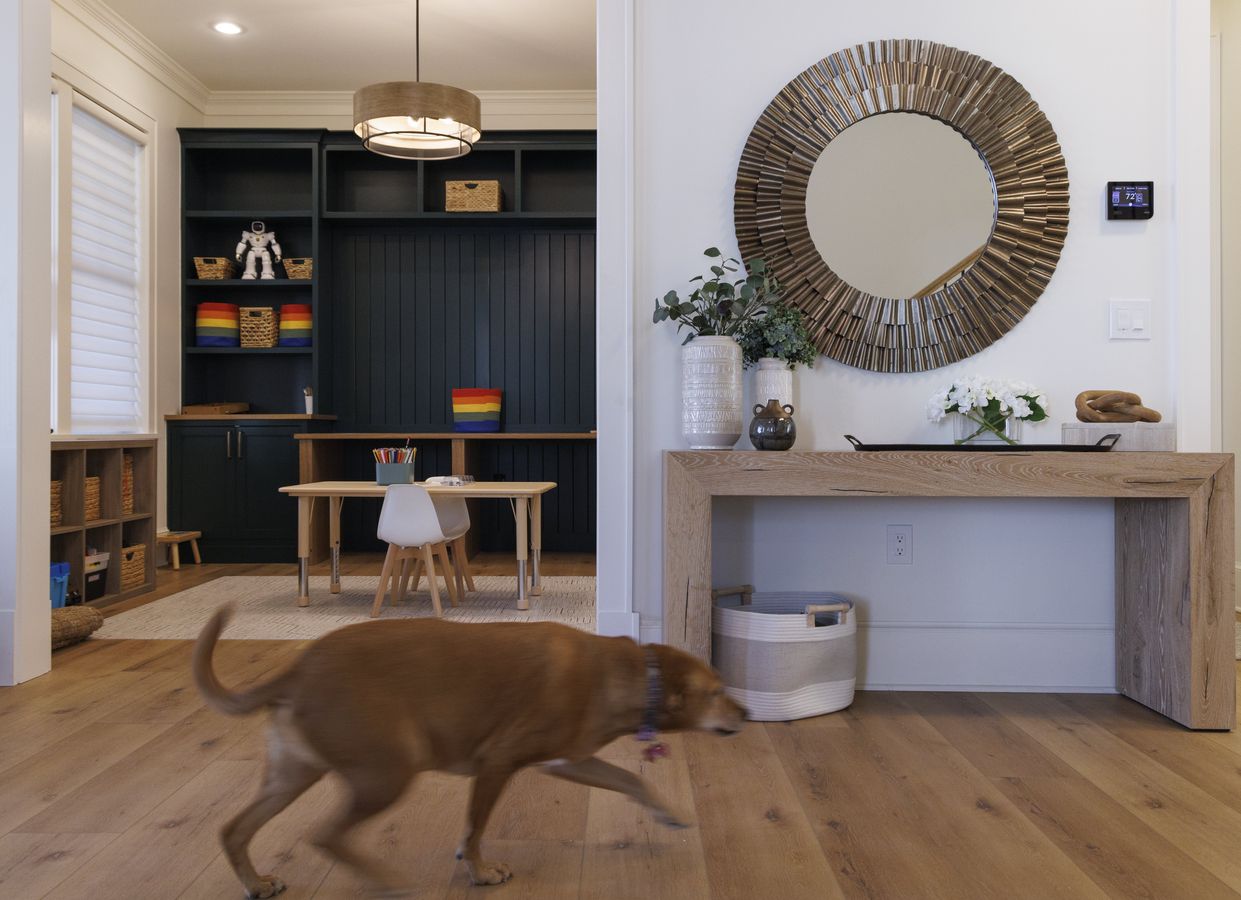
The six-bedroom home with seven bathrooms and two half-baths includes an elaborate air-filtration system meant to deal with the region’s varying air quality. The tightly sealed floor-to-ceiling windows and sliding doors offer hilltop views of the bay and access to the backyard without sacrificing air quality.
Bautista plans to further upgrade his system this year with the aim of filtering and recirculating indoor air rather than fresh outside air during periods of heavy pollution. Despite the home’s superior air quality, the family can still feel a difference on days when the outdoor air is filled with smoke. “We’ve suffered, as most people have in the Bay Area,” he said. “What we want to have is isolation.”
Developer Gregory Malin, who specialises in wellness-focused real estate, sold Bautista the home for $32 million, he said, plus an additional $5 million for fixtures and furnishings.
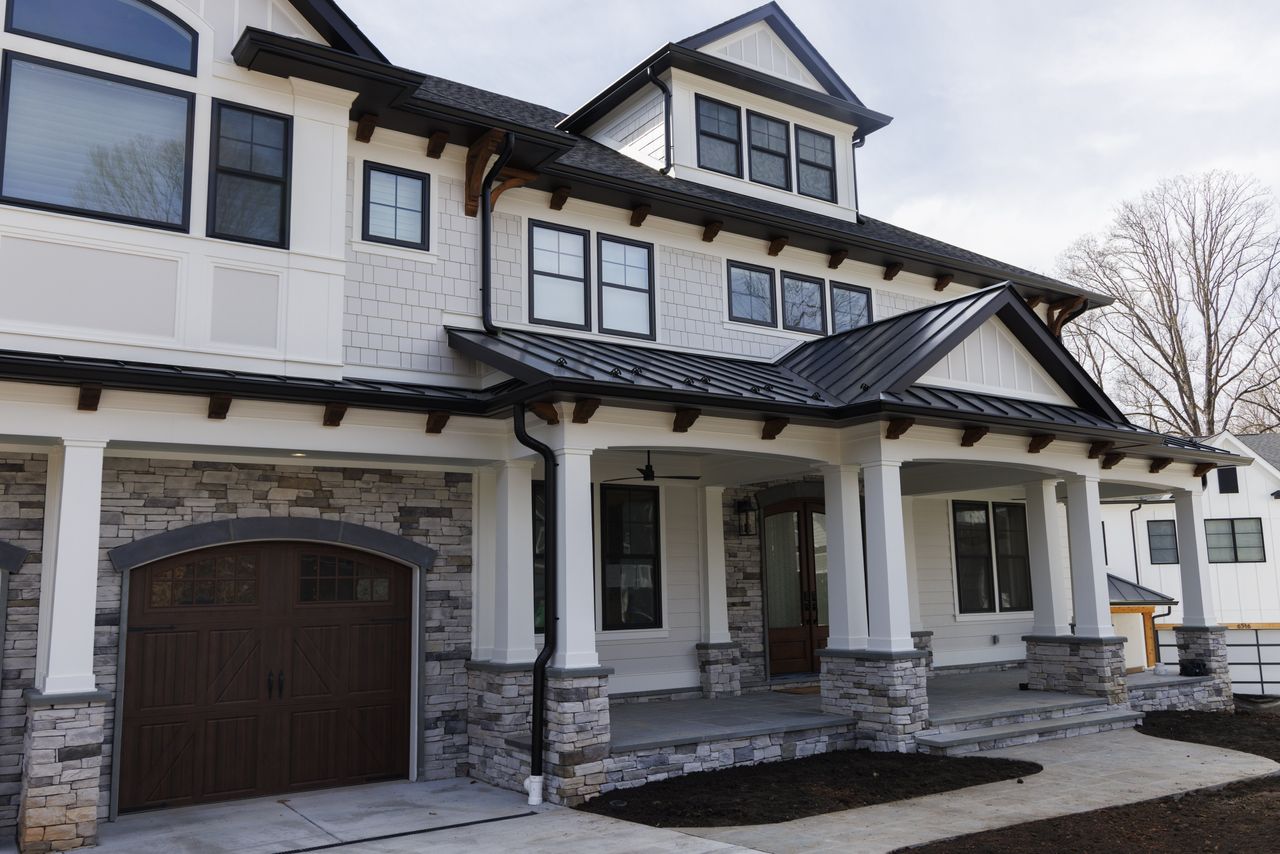
Luxury homeowners are known to splurge on sleek kitchens, custom decor and art, but they are increasingly turning their attention to something less visible. Forest-fire smoke, the pandemic and increased awareness of sensitivities to mould and other irritants are making their interior environment a priority.
Many are investing in complex systems and flexible designs that promise healthier indoor air but still include spaces, such as glass-enclosed rooms, that make being indoors feel natural.
Listings are increasingly touting pollution-fighting amenities to lure home buyers. In Santa Rosa, Calif., a 13-acre estate for sale at $15 million has a whole-home air purifier. This spring, the Dovecote building, under construction in Manhattan’s Harlem neighbourhood, will offer six, three-bedroom condos built to strict green and clean-air standards, starting at $1.5 million.
Malin, founder of Troon Pacific, a San Francisco-based developer of $15 million to $45 million properties that he calls healthy homes, said he focuses on the smallest details that can affect air quality. New tools allow for more-precise measurement of various particulate matter and carbon dioxide levels, he added. “Covid changed people’s perspective on connecting air quality to health, and the [wildfires] only enhanced that.”
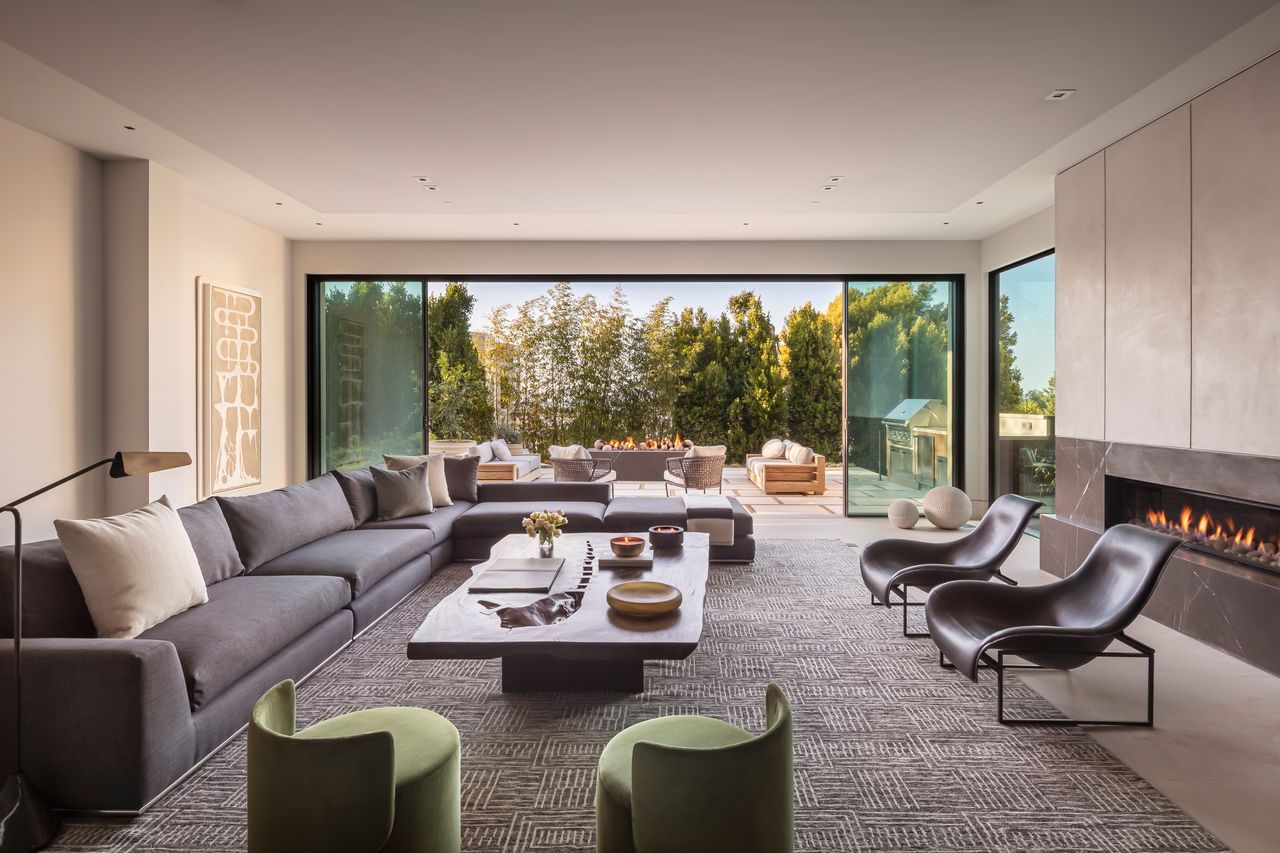
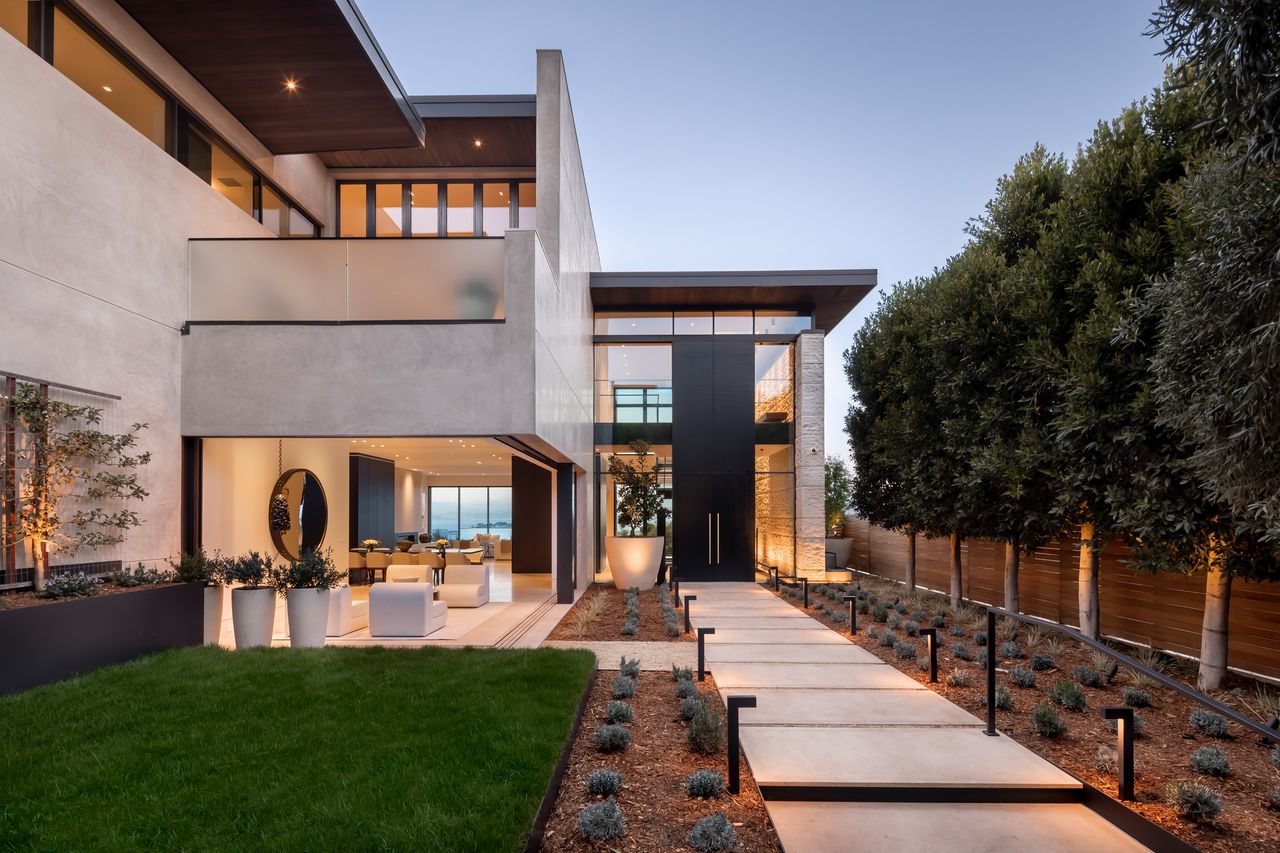
His company’s newer homes have exhaust fans, tied to ventilation systems, in laundry rooms and under sinks, where there are various pollutants and harmful cleaning products, said Malin. Their garages have separate exhaust fans that go on long enough for three air exchanges after the door opens. Ionisation-based filtration systems also are included to eliminate airborne particles too tiny to see but hazardous when inhaled.
His homes also feature perforated piping with in-line fans to exhaust air from under slab foundations to keep contaminated soil vapours from entering the houses.
He said his company is considering building to the Living Building Challenge standard, in which homes have their own electricity, water and waste management. Demand is high for such standards, he said, including passive-home construction, where airtight homes are built using specific materials and energy-efficient systems that circulate highly filtered air. He said passive-home certification is costly, especially for big homes, and has limitations that some homeowners don’t want, like bulky windows. In the long run, however, he said eliminating most heating and cooling bills is probably worth it.
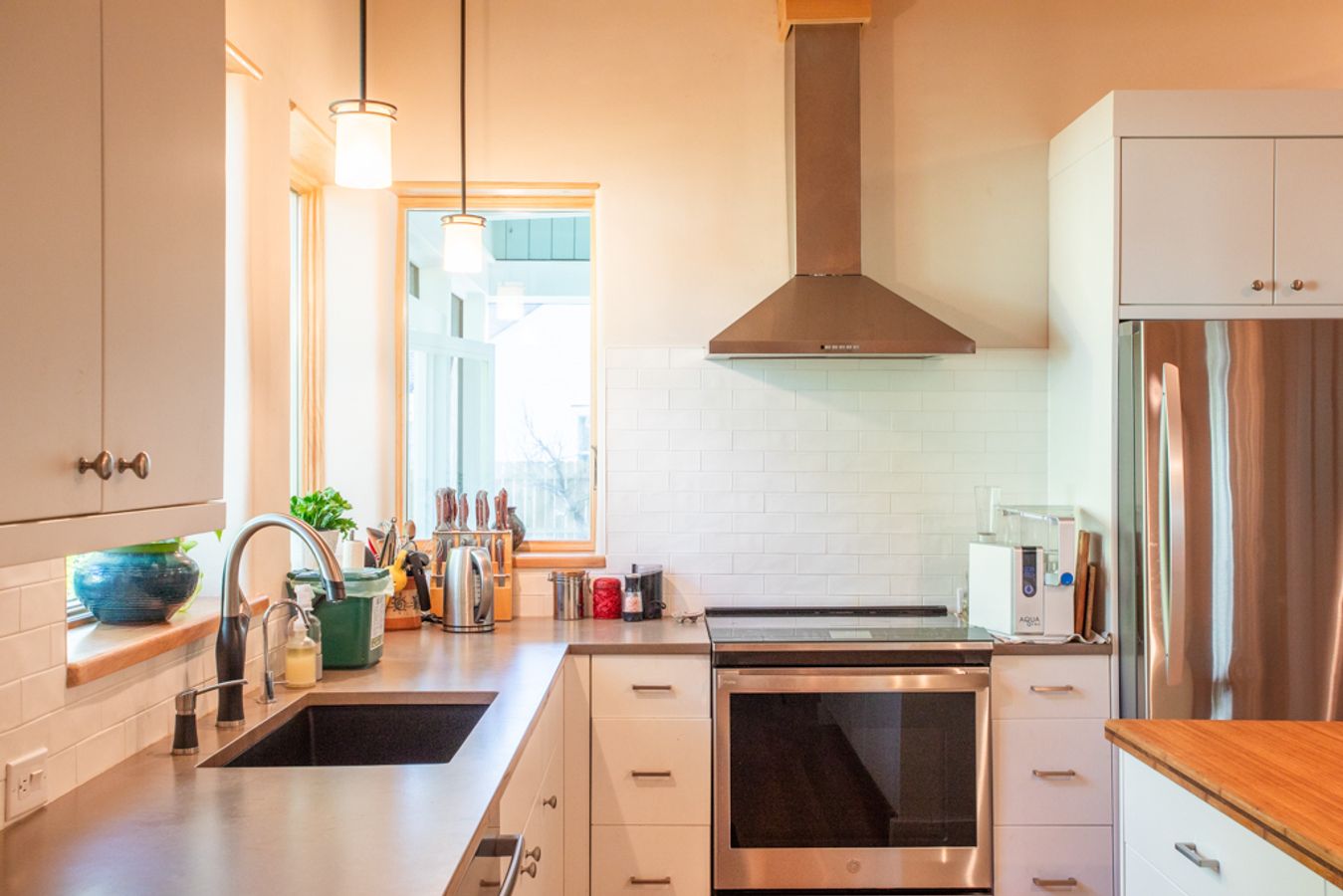
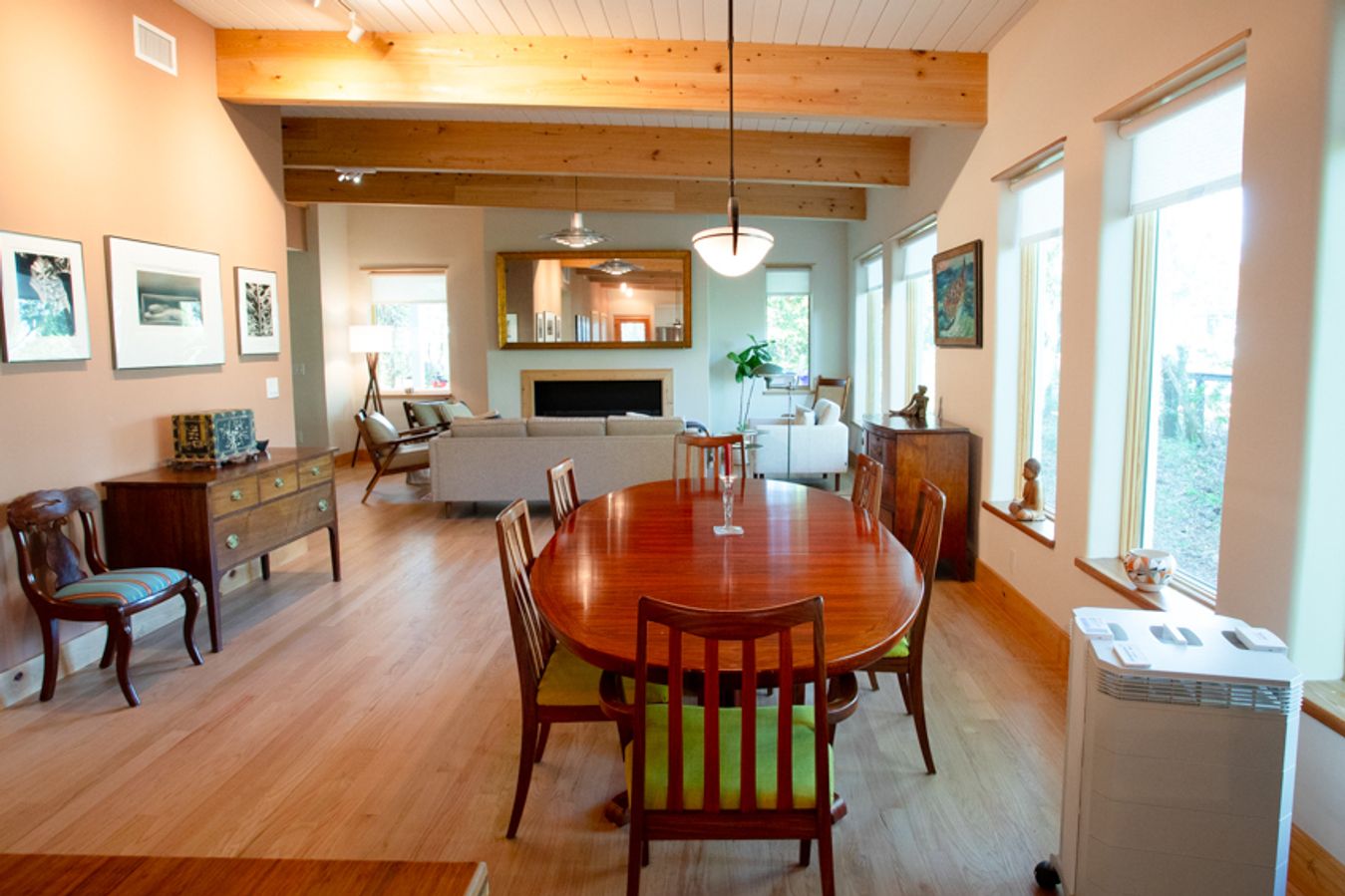
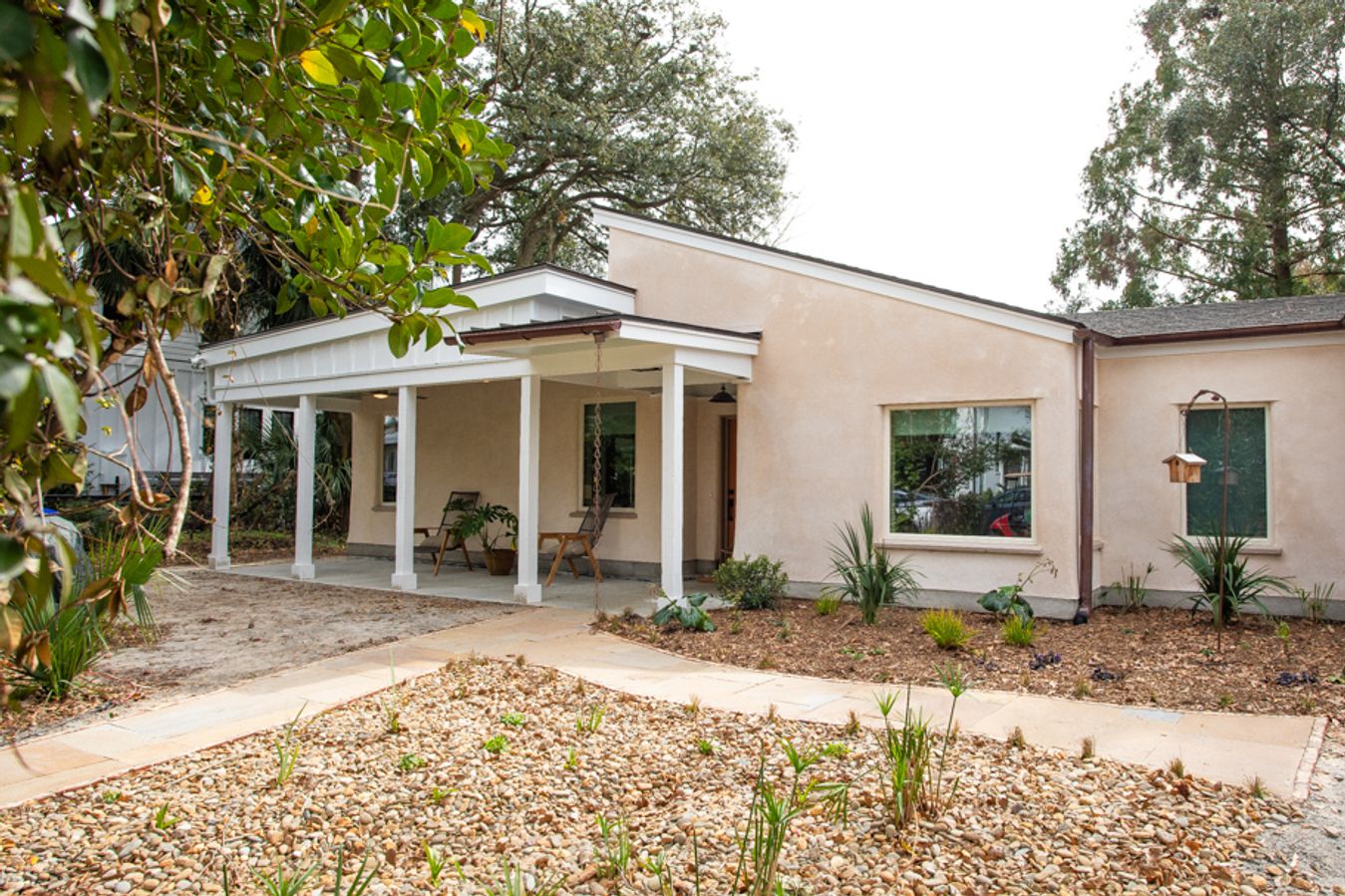
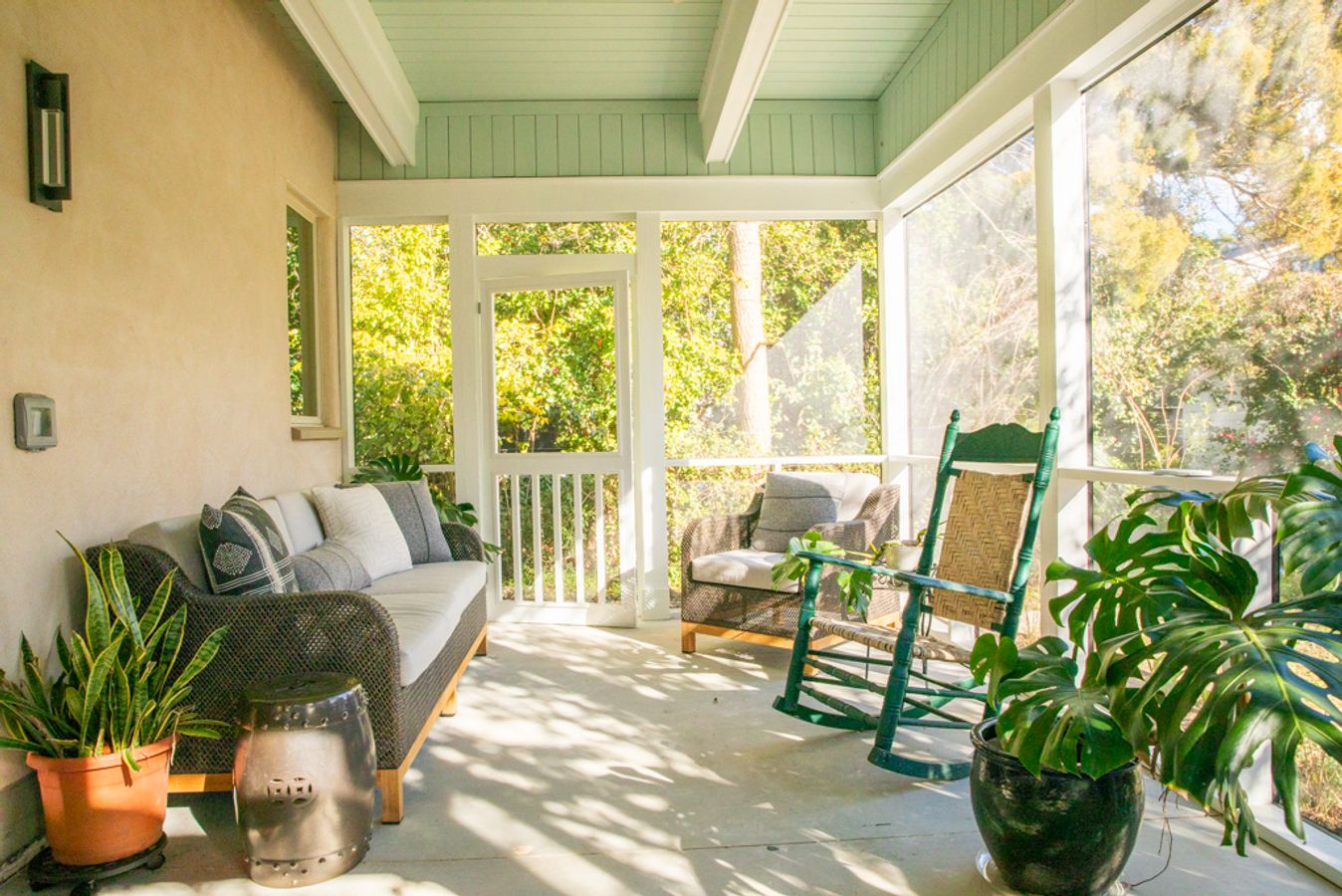
Clean air has become more of a talking point in homeownership, added Elliott Gall, an associate professor of mechanical and materials engineering who researches indoor-air quality at Portland State University.
While high-rises are often built to be airtight, there is a greater focus now on having windows that open while adding better filtration systems, he said. Units with outdoor access sometimes give homeowners another way to control the humidity and indoor air-pollution levels inside the home, he added.
To improve the air quality in her new Charleston, S.C., home, Caroline Smythe, 67, imported a hemp block covered in a mixture of lime and sand for the construction, rather than standard brick. Living in a high-humidity area means moisture can cause mould, said Smythe, whose 2,400-square-foot Lowcountry home was completed in 2023 for about $1 million, including $250,000 for the land.
Incorporating the new material allows the moisture to get absorbed in the walls and keeps humidity steady in the home. “It has very much an earthy feel,” said Smythe of her thick, soundproof walls.
Inside, the home’s two bedrooms and two offices have additional air-filtration elements, including stand-alone air filters for each bedroom. Smythe, a psychiatrist, chose a bamboo kitchen countertop and mineral-based wall paint to prevent any chemical off-gassing. “It makes a huge difference,” she said.
Homeowners have long tried to improve air quality. In the early 1900s, homes that let in fresh air were critical to good health, but by the 1950s some owners were trying to tame outdoor air pollution by focusing on better insulation. More recently, the pandemic made access to outdoor air essential, and turned the focus again to indoor-outdoor living.
Today’s picture is mixed. Climate change has made outdoor air quality less reliable, with the added problems of prolonged forest fires.
Many people are realising their indoor air quality is often compromised by a combination of poor indoor airflow, activities like cooking and cleaning, and outdoor pollutants that settle into confined spaces, said Gall. Homeowners now want better control over their wider living space, including modifiable systems that deal with both indoor and outdoor pollution, he added.
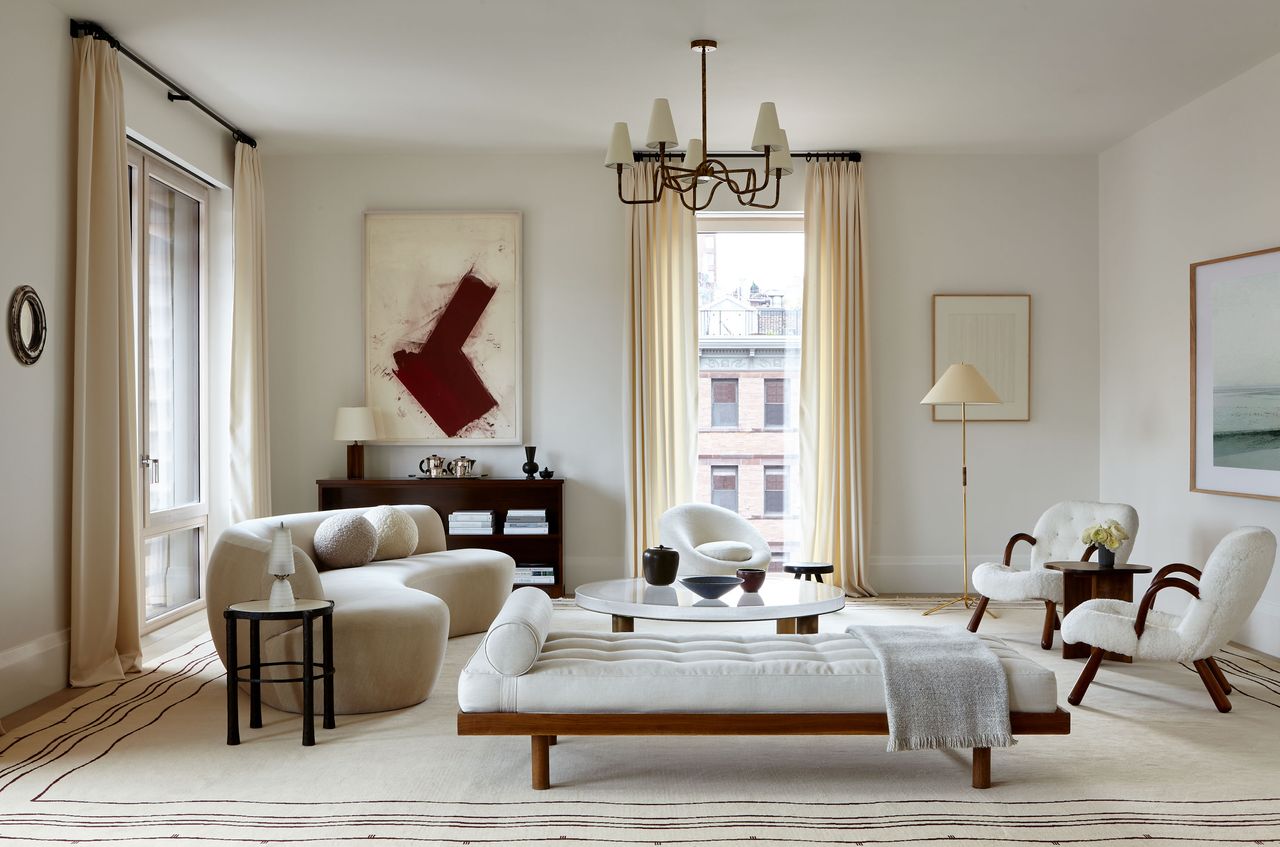
Jason Glatt, a commercial window contractor, and his wife, Lauren Glatt, a stay-at-home mom, of North Bethesda, Md., built a $2.5 million home that includes a children’s slide into a basement playroom, an attic-level cigar room and plenty of entertaining space.
The 11,000-square-foot home’s most striking feature, however, may be the five HVAC units tucked inside utility closets and other closed rooms, controlled by eight thermostats that regulate the air quality as well as temperature in each part of the home. Their $120,000 HVAC system also includes UV lights to prevent mold.
Seth Ballard, an architect who worked with the Glatt family, said individually controlled temperature zones and more return-air vents promote better air flow. Costs can be $100,000 to $200,000 for a 10,000- to 15,000-square-foot house. “They are choosing this over a kitchen countertop,” he said of homeowners in general.
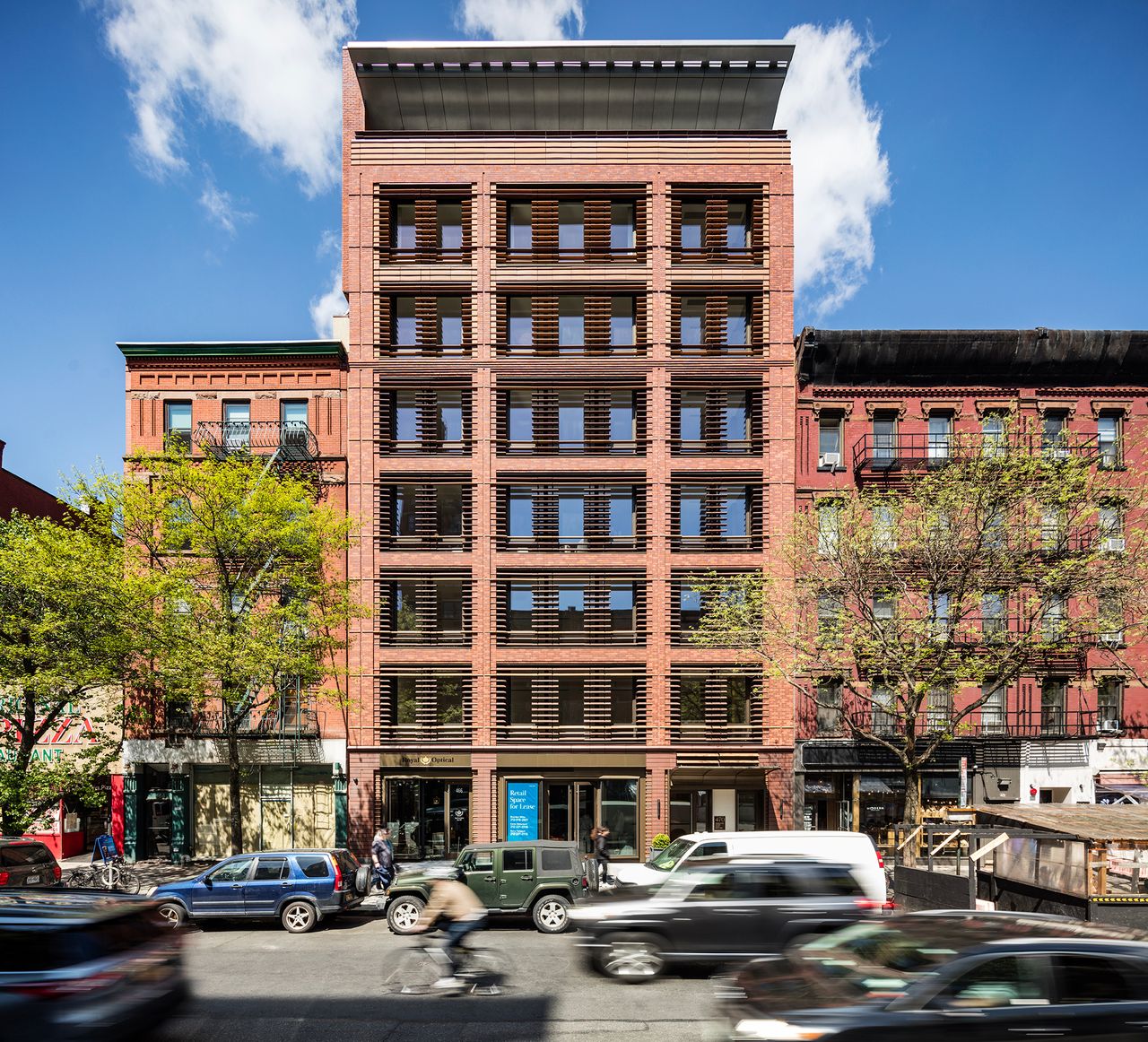
Charlotte of the Upper West Side, a building in Manhattan that opened in 2023, has seven full-floor units, each with a private entrance. The building has airtight construction with enhanced insulation. Each unit has an independent heating-and-cooling system with fresh-air filtration directly into the home that isn’t shared with other spaces.
The system can achieve full air exchange 13 times a day in normal-use mode and more than 28 times a day in boost mode, said the building’s developer John Roe of the New York-based Roe Corp. The building uses louvers outside the windows to deflect the heat of the sun and cut energy use on summer days.
Roe, who lives in one of the building’s 3,570-square-foot, four bedroom, 4.5-bathroom homes, said the air-filtration system and strict passive-home construction added 15% to the building cost.
Three of the building’s units are on sale, from $8.35 million to $17 million.
He said there is little dust in the home, and he swears it now takes longer for his cut white hydrangeas to wilt.
 Copyright 2020, Dow Jones & Company, Inc. All Rights Reserved Worldwide. LEARN MORE
Copyright 2020, Dow Jones & Company, Inc. All Rights Reserved Worldwide. LEARN MORE
What a quarter-million dollars gets you in the western capital.
Alexandre de Betak and his wife are focusing on their most personal project yet.
Ahead of the Games, a breakdown of the city’s most desirable places to live
PARIS —Paris has long been a byword for luxurious living. The traditional components of the upscale home, from parquet floors to elaborate mouldings, have their origins here. Yet settling down in just the right address in this low-rise, high-density city may be the greatest luxury of all.
Tradition reigns supreme in Paris real estate, where certain conditions seem set in stone—the western half of the city, on either side of the Seine, has long been more expensive than the east. But in the fashion world’s capital, parts of the housing market are also subject to shifting fads. In the trendy, hilly northeast, a roving cool factor can send prices in this year’s hip neighbourhood rising, while last year’s might seem like a sudden bargain.
This week, with the opening of the Olympic Games and the eyes of the world turned toward Paris, The Wall Street Journal looks at the most expensive and desirable areas in the City of Light.
Known for historic architecture, elegant apartment houses and bohemian street cred, the 6th Arrondissement is Paris’s answer to Manhattan’s West Village. Like its New York counterpart, the 6th’s starving-artist days are long behind it. But the charm that first wooed notable residents like Gertrude Stein and Jean-Paul Sartre is still largely intact, attracting high-minded tourists and deep-pocketed homeowners who can afford its once-edgy, now serene atmosphere.
Le Breton George V Notaires, a Paris notary with an international clientele, says the 6th consistently holds the title of most expensive arrondissement among Paris’s 20 administrative districts, and 2023 was no exception. Last year, average home prices reached $1,428 a square foot—almost 30% higher than the Paris average of $1,100 a square foot.
According to Meilleurs Agents, the Paris real estate appraisal company, the 6th is also home to three of the city’s five most expensive streets. Rue de Furstemberg, a secluded loop between Boulevard Saint-Germain and the Seine, comes in on top, with average prices of $2,454 a square foot as of March 2024.
For more than two decades, Kyle Branum, a 51-year-old attorney, and Kimberly Branum, a 60-year-old retired CEO, have been regular visitors to Paris, opting for apartment rentals and ultimately an ownership interest in an apartment in the city’s 7th Arrondissement, a sedate Left Bank district known for its discreet atmosphere and plutocratic residents.
“The 7th was the only place we stayed,” says Kimberly, “but we spent most of our time in the 6th.”
In 2022, inspired by the strength of the dollar, the Branums decided to fulfil a longstanding dream of buying in Paris. Working with Paris Property Group, they opted for a 1,465-square-foot, three-bedroom in a building dating to the 17th century on a side street in the 6th Arrondissement. They paid $2.7 million for the unit and then spent just over $1 million on the renovation, working with Franco-American visual artist Monte Laster, who also does interiors.
The couple, who live in Santa Barbara, Calif., plan to spend about three months a year in Paris, hosting children and grandchildren, and cooking after forays to local food markets. Their new kitchen, which includes a French stove from luxury appliance brand Lacanche, is Kimberly’s favourite room, she says.
Another American, investor Ashley Maddox, 49, is also considering relocating.
In 2012, the longtime Paris resident bought a dingy, overstuffed 1,765-square-foot apartment in the 6th and started from scratch. She paid $2.5 million and undertook a gut renovation and building improvements for about $800,000. A centrepiece of the home now is the one-time salon, which was turned into an open-plan kitchen and dining area where Maddox and her three children tend to hang out, American-style. Just outside her door are some of the city’s best-known bakeries and cheesemongers, and she is a short walk from the Jardin du Luxembourg, the Left Bank’s premier green space.
“A lot of the majesty of the city is accessible from here,” she says. “It’s so central, it’s bananas.” Now that two of her children are going away to school, she has listed the four-bedroom apartment with Varenne for $5 million.
Garrow Kedigian is moving up in the world of Parisian real estate by heading south of the Seine.
During the pandemic, the Canada-born, New York-based interior designer reassessed his life, he says, and decided “I’m not going to wait any longer to have a pied-à-terre in Paris.”
He originally selected a 1,130-square-foot one-bedroom in the trendy 9th Arrondissement, an up-and-coming Right Bank district just below Montmartre. But he soon realised it was too small for his extended stays, not to mention hosting guests from out of town.
After paying about $1.6 million in 2022 and then investing about $55,000 in new decor, he put the unit up for sale in early 2024 and went house-shopping a second time. He ended up in the Invalides quarter of the 7th Arrondissement in the shadow of one Paris’s signature monuments, the golden-domed Hôtel des Invalides, which dates to the 17th century and is fronted by a grand esplanade.
His new neighbourhood vies for Paris’s most expensive with the Notre-Dame quarter in the 4th Arrondissement, centred on a few islands in the Seine behind its namesake cathedral. According to Le Breton, home prices in the Notre-Dame neighbourhood were $1,818 a square foot in 2023, followed by $1,568 a square foot in Invalides.
After breaking even on his Right Bank one-bedroom, Kedigian paid $2.4 million for his new 1,450-square-foot two-bedroom in a late 19th-century building. It has southern exposures, rounded living-room windows and “gorgeous floors,” he says. Kedigian, who bought the new flat through Junot Fine Properties/Knight Frank, plans to spend up to $435,000 on a renovation that will involve restoring the original 12-foot ceiling height in many of the rooms, as well as rescuing the ceilings’ elaborate stucco detailing. He expects to finish in 2025.
Over in the Notre-Dame neighbourhood, Belles demeures de France/Christie’s recently sold a 2,370-square-foot, four-bedroom home for close to the asking price of about $8.6 million, or about $3,630 a square foot. Listing agent Marie-Hélène Lundgreen says this places the unit near the very top of Paris luxury real estate, where prime homes typically sell between $2,530 and $4,040 a square foot.
The Boulevard Périphérique, the 22-mile ring road that surrounds Paris and its 20 arrondissements, was once a line in the sand for Parisians, who regarded the French capital’s numerous suburbs as something to drive through on their way to and from vacation. The past few decades have seen waves of gentrification beyond the city’s borders, upgrading humble or industrial districts to the north and east into prime residential areas. And it has turned Neuilly-sur-Seine, just northwest of the city, into a luxury compound of first resort.
In 2023, Neuilly’s average home price of $1,092 a square foot made the leafy, stately community Paris’s most expensive suburb.
Longtime residents, Alain and Michèle Bigio, decided this year is the right time to list their 7,730-square-foot, four-bedroom townhouse on a gated Neuilly street.
The couple, now in their mid 70s, completed the home in 1990, two years after they purchased a small parcel of garden from the owners next door for an undisclosed amount. Having relocated from a white-marble château outside Paris, the couple echoed their previous home by using white- and cream-coloured stone in the new four-story build. The Bigios, who will relocate just back over the border in the 16th Arrondissement, have listed the property with Emile Garcin Propriétés for $14.7 million.
The couple raised two adult children here and undertook upgrades in their empty-nester years—most recently, an indoor pool in the basement and a new elevator.
The cool, pale interiors give way to dark and sardonic images in the former staff’s quarters in the basement where Alain works on his hobby—surreal and satirical paintings, whose risqué content means that his wife prefers they stay downstairs. “I’m not a painter,” he says. “But I paint.”
French interior designer Julie Hamon is theatre royalty. Her grandfather was playwright Jean Anouilh, a giant of 20th-century French literature, and her sister is actress Gwendoline Hamon. The 52-year-old, who divides her time between Paris and the U.K., still remembers when the city’s 9th Arrondissement, where she and her husband bought their 1,885-square-foot duplex in 2017, was a place to have fun rather than put down roots. Now, the 9th is the place to do both.
The 9th, a largely 19th-century district, is Paris at its most urban. But what it lacks in parks and other green spaces, it makes up with nightlife and a bustling street life. Among Paris’s gentrifying districts, which have been transformed since 2000 from near-slums to the brink of luxury, the 9th has emerged as the clear winner. According to Le Breton, average 2023 home prices here were $1,062 a square foot, while its nearest competitors for the cool crown, the 10th and the 11th, have yet to break $1,011 a square foot.
A co-principal in the Bobo Design Studio, Hamon—whose gut renovation includes a dramatic skylight, a home cinema and air conditioning—still seems surprised at how far her arrondissement has come. “The 9th used to be well known for all the theatres, nightclubs and strip clubs,” she says. “But it was never a place where you wanted to live—now it’s the place to be.”
With their youngest child about to go to college, she and her husband, 52-year-old entrepreneur Guillaume Clignet, decided to list their Paris home for $3.45 million and live in London full-time. Propriétés Parisiennes/Sotheby’s is handling the listing, which has just gone into contract after about six months on the market.
The 9th’s music venues were a draw for 44-year-old American musician and piano dealer, Ronen Segev, who divides his time between Miami and a 1,725-square-foot, two-bedroom in the lower reaches of the arrondissement. Aided by Paris Property Group, Segev purchased the apartment at auction during the pandemic, sight unseen, for $1.69 million. He spent $270,000 on a renovation, knocking down a wall to make a larger salon suitable for home concerts.
During the Olympics, Segev is renting out the space for about $22,850 a week to attendees of the Games. Otherwise, he prefers longer-term sublets to visiting musicians for $32,700 a month.
Hidden in the hilly expanses of the 18th Arrondissement lies a legendary street that, for those in the know, is the city’s most exclusive address. Avenue Junot, a bucolic tree-lined lane, is a fairy-tale version of the city, separate from the gritty bustle that surrounds it.
Homes here rarely come up for sale, and, when they do, they tend to be off-market, or sold before they can be listed. Martine Kuperfis—whose Paris-based Junot Group real-estate company is named for the street—says the most expensive units here are penthouses with views over the whole of the city.
In 2021, her agency sold a 3,230-square-foot triplex apartment, with a 1,400-square-foot terrace, for $8.5 million. At about $2,630 a square foot, that is three times the current average price in the whole of the 18th.
Among its current Junot listings is a 1930s 1,220-square-foot townhouse on the avenue’s cobblestone extension, with an asking price of $2.8 million.